Navigating the Future: A Comprehensive Guide to Planning with a 2026 Monthly Calendar
Related Articles: Navigating the Future: A Comprehensive Guide to Planning with a 2026 Monthly Calendar
Introduction
With enthusiasm, let’s navigate through the intriguing topic related to Navigating the Future: A Comprehensive Guide to Planning with a 2026 Monthly Calendar. Let’s weave interesting information and offer fresh perspectives to the readers.
Table of Content
Navigating the Future: A Comprehensive Guide to Planning with a 2026 Monthly Calendar
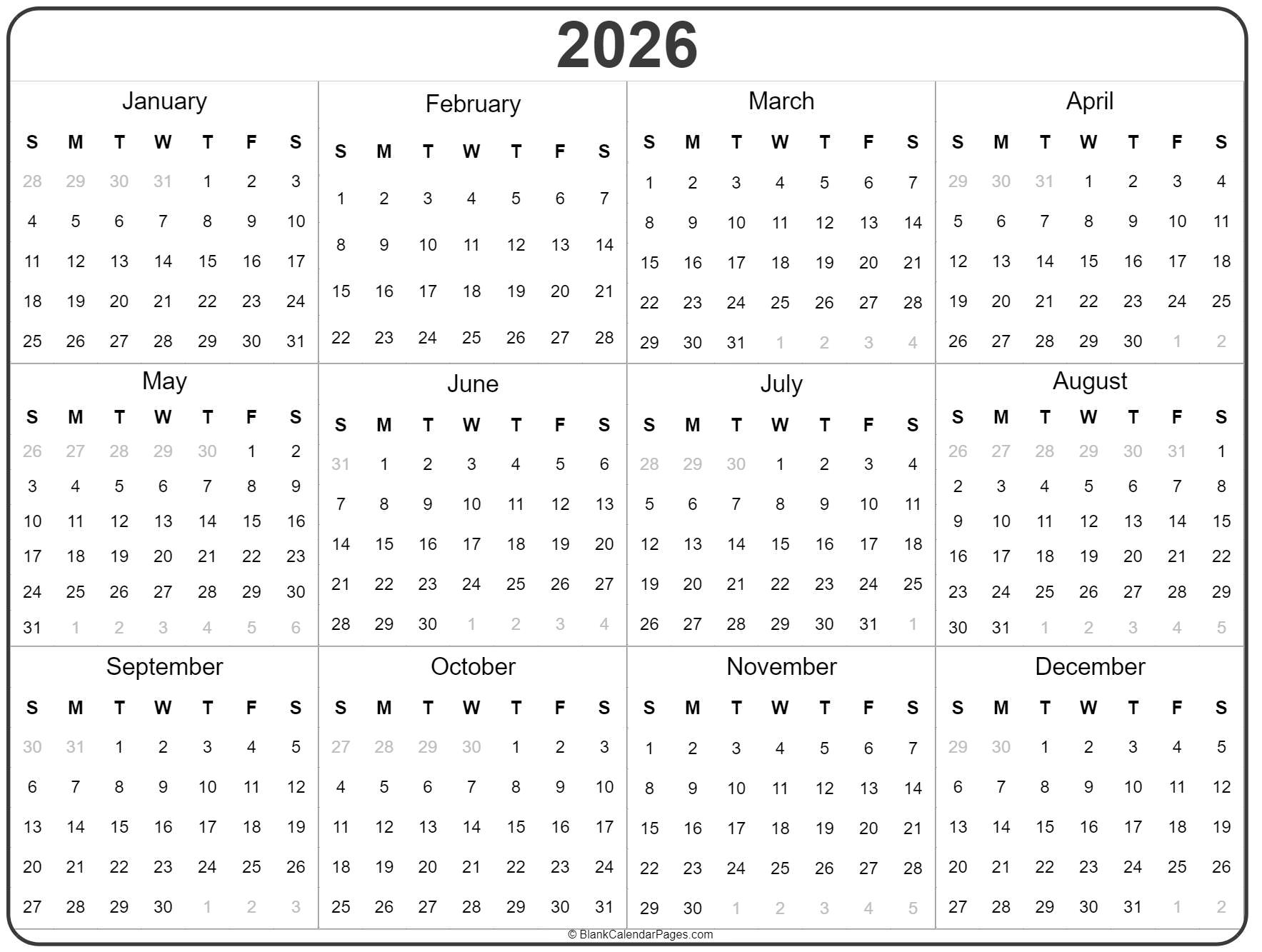
The year 2026 may seem distant, but effective planning requires a long-term perspective. This is where a comprehensive monthly calendar for 2026 becomes an invaluable tool. It provides a structured framework for visualizing and managing future commitments, ensuring that goals are pursued proactively and deadlines are met with ease.
The Significance of a 2026 Monthly Calendar:
A 2026 monthly calendar serves as a visual roadmap for the year ahead. It offers numerous advantages, including:
-
Enhanced Organization: By mapping out events, appointments, and deadlines, the calendar promotes a sense of order and control over time. It helps individuals prioritize tasks, allocate resources efficiently, and avoid scheduling conflicts.
-
Improved Time Management: With a clear overview of the year, individuals can identify potential bottlenecks and allocate time effectively. This proactive approach minimizes the risk of feeling overwhelmed by a packed schedule.
-
Goal Setting and Achievement: The calendar provides a platform for setting long-term goals and tracking progress. By breaking down large objectives into smaller, manageable tasks, individuals can stay motivated and celebrate milestones as they occur.
-
Increased Productivity: A structured calendar eliminates the need to constantly search for information. It reduces stress associated with forgetting appointments or deadlines, allowing individuals to focus on completing tasks with greater efficiency.
-
Improved Communication: Sharing a calendar with colleagues, family members, or team members facilitates smoother collaboration and coordination. This shared understanding of schedules minimizes misunderstandings and enhances overall productivity.
Types of Monthly Calendars:
The most effective calendar format will vary depending on individual preferences and needs. Popular options include:
- Paper Calendars: These offer a tangible and tactile experience, allowing for handwritten notes and visual reminders.
- Digital Calendars: Digital calendars offer flexibility and accessibility, allowing for easy scheduling, reminders, and integration with other applications.
- Hybrid Calendars: Combining the benefits of paper and digital formats, these calendars allow for handwritten notes while also syncing with digital devices.
Tips for Effectively Utilizing a 2026 Monthly Calendar:
-
Start Early: Begin planning for 2026 early in the year. This allows for thorough consideration of goals, deadlines, and potential challenges.
-
Use a Consistent Format: Choose a calendar format that aligns with your preferences and work style. Consistency will ensure ease of use and minimize confusion.
-
Categorize Events: Color-code or label appointments and deadlines based on their importance or category. This visual distinction aids in prioritization and task management.
-
Embrace Flexibility: Life is unpredictable. Allow for flexibility in your calendar by leaving space for unexpected events or changes in plans.
-
Review Regularly: Take time each week to review your calendar and adjust schedules as needed. This proactive approach ensures that you stay on track with your goals and commitments.
-
Utilize Reminders: Set reminders for important appointments or deadlines. This minimizes the risk of forgetting crucial events and ensures that you are prepared.
-
Share and Communicate: If relevant, share your calendar with others to facilitate collaboration and coordination. Clear communication ensures that everyone is aware of shared schedules and commitments.
Frequently Asked Questions (FAQs):
Q: What are some ways to ensure that a monthly calendar remains effective throughout the year?
A: Regularly reviewing and updating the calendar is crucial. This includes adding new appointments, adjusting deadlines, and removing outdated information. Additionally, consider using a system for tracking progress towards goals, such as adding notes or color-coding completed tasks.
Q: How can a monthly calendar be used for personal growth and development?
A: Allocate time for activities that contribute to personal growth, such as learning new skills, pursuing hobbies, or engaging in self-reflection. By scheduling these activities, individuals can prioritize personal development alongside professional commitments.
Q: Is it necessary to fill out every single day on a monthly calendar?
A: No, it is not necessary to fill every day with appointments. The purpose of a calendar is to provide a framework for managing time and commitments. Leave space for flexibility and unexpected events.
Q: What are some alternative methods for managing time and commitments besides a monthly calendar?
A: Other methods include using task management apps, creating to-do lists, or employing a bullet journal system. The most effective method will depend on individual preferences and needs.
Conclusion:
A 2026 monthly calendar serves as a powerful tool for planning, organizing, and achieving goals. By embracing a structured approach to time management, individuals can navigate the year ahead with greater clarity, efficiency, and a sense of accomplishment. The calendar serves as a visual reminder of commitments, a platform for goal setting, and a guide for navigating the complexities of modern life.
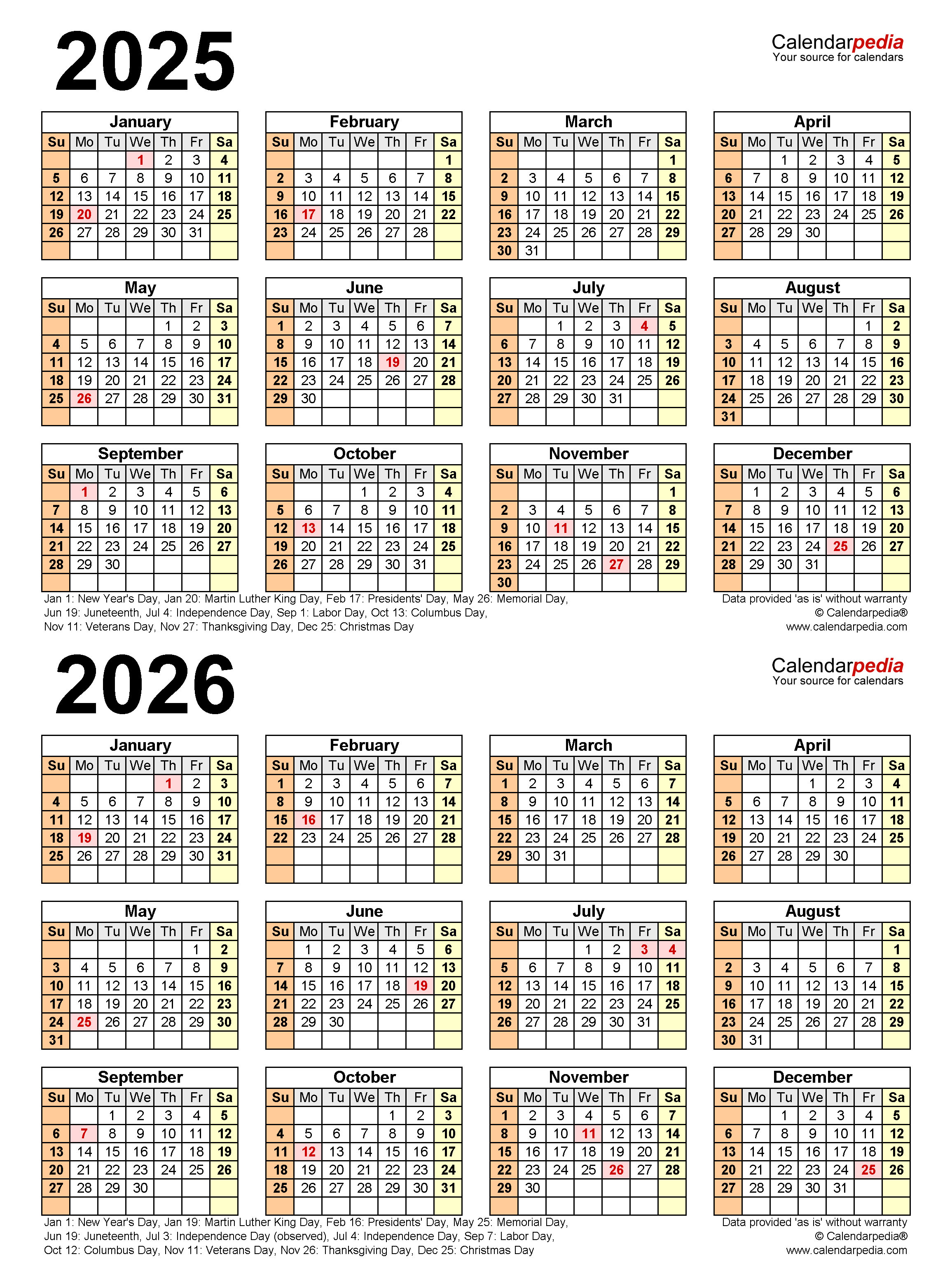
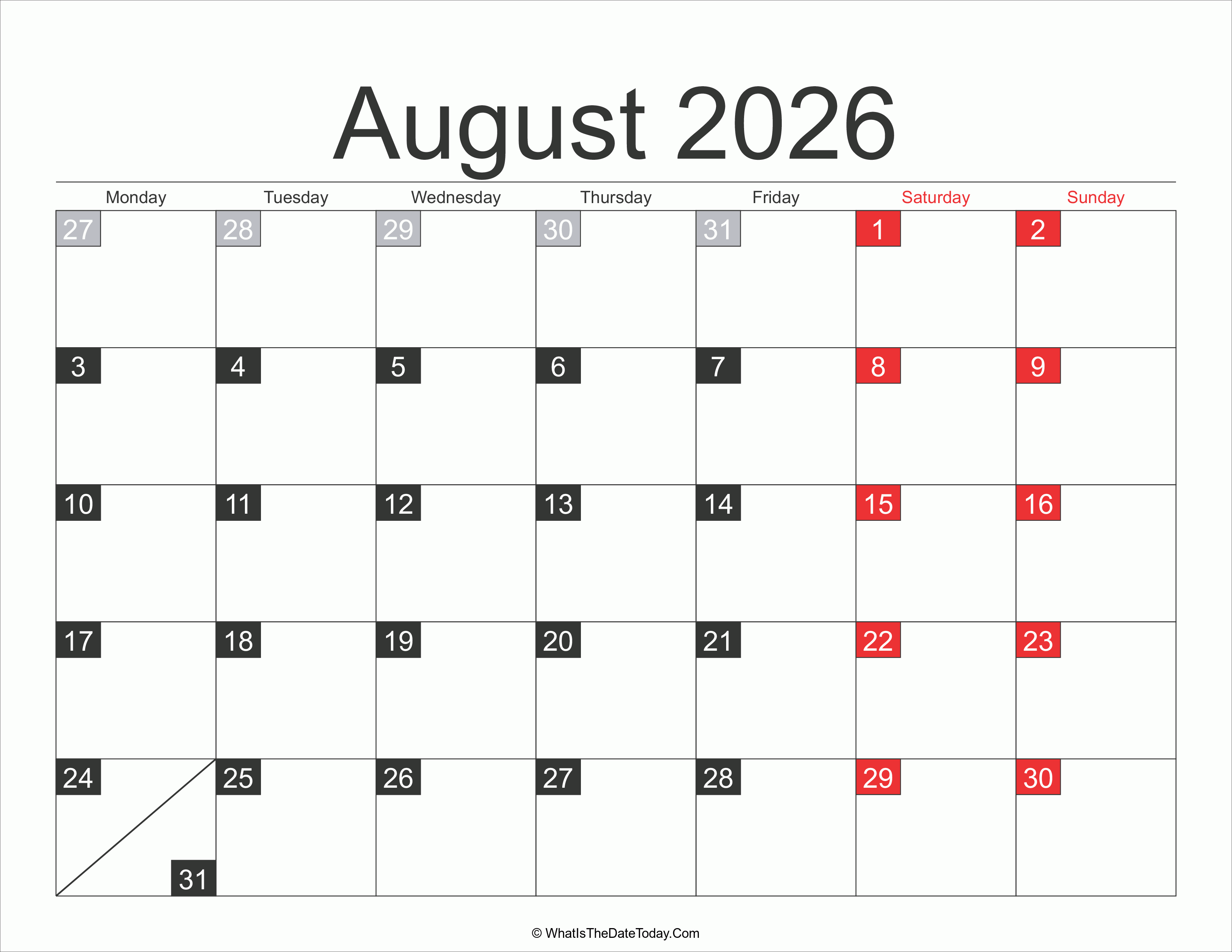
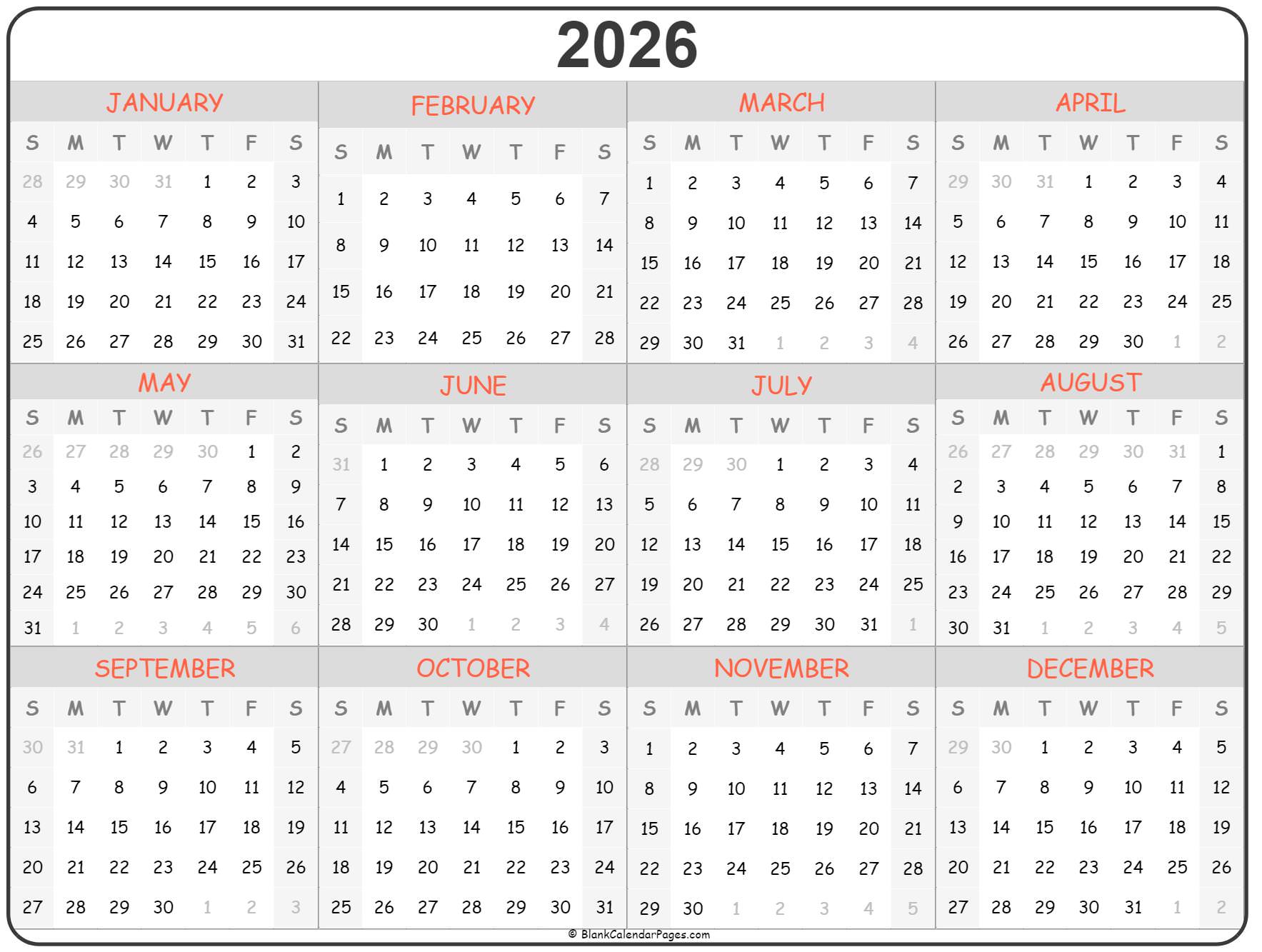
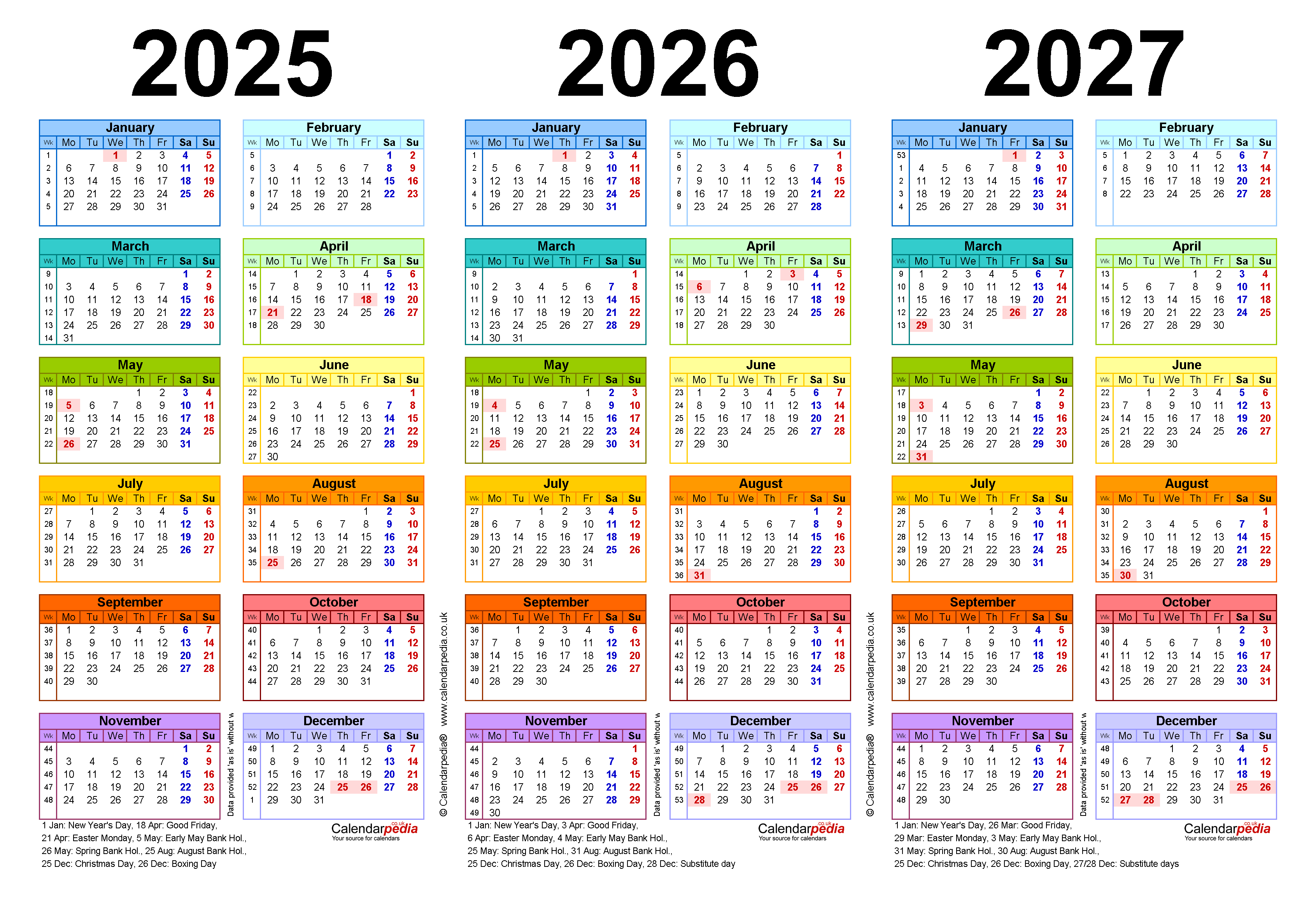
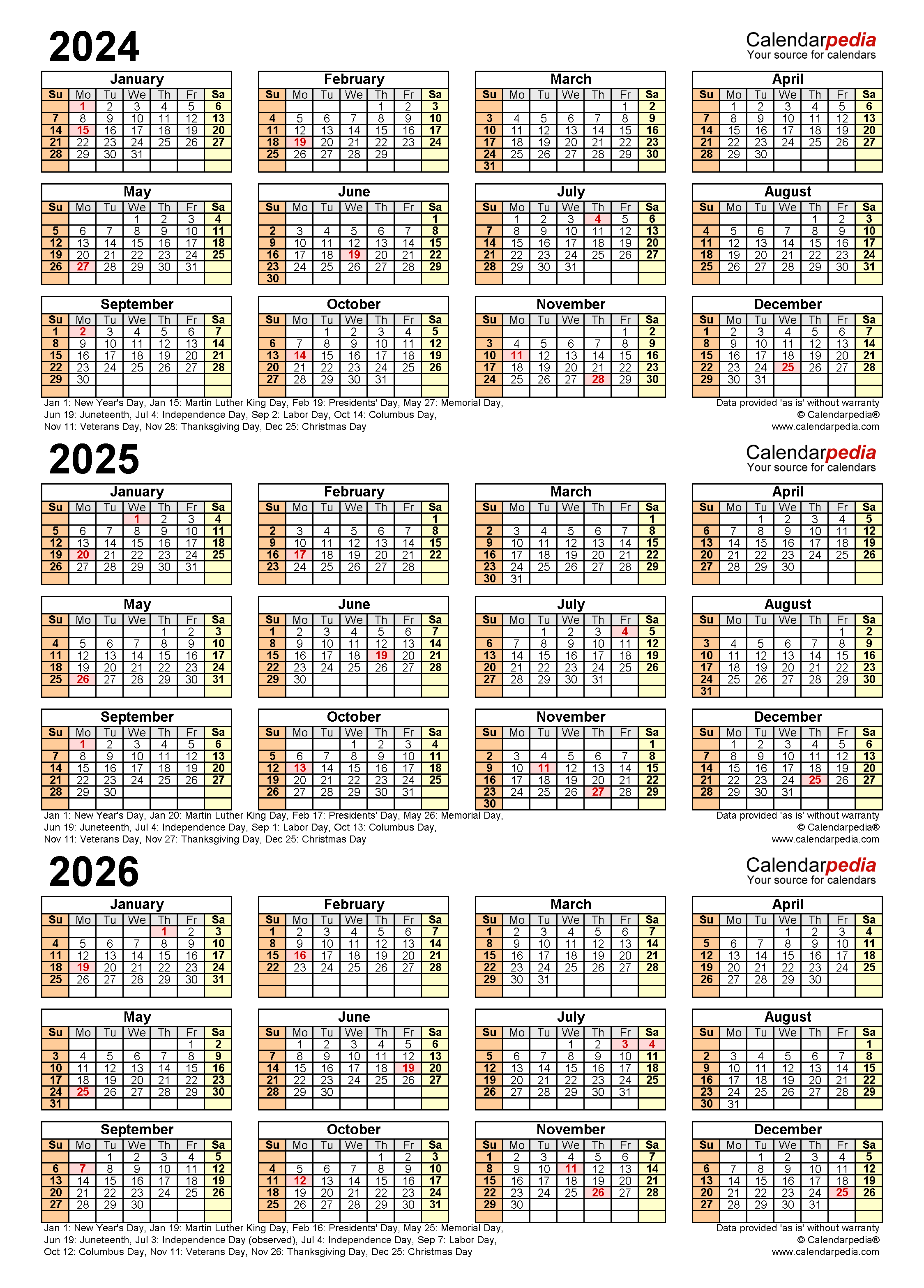
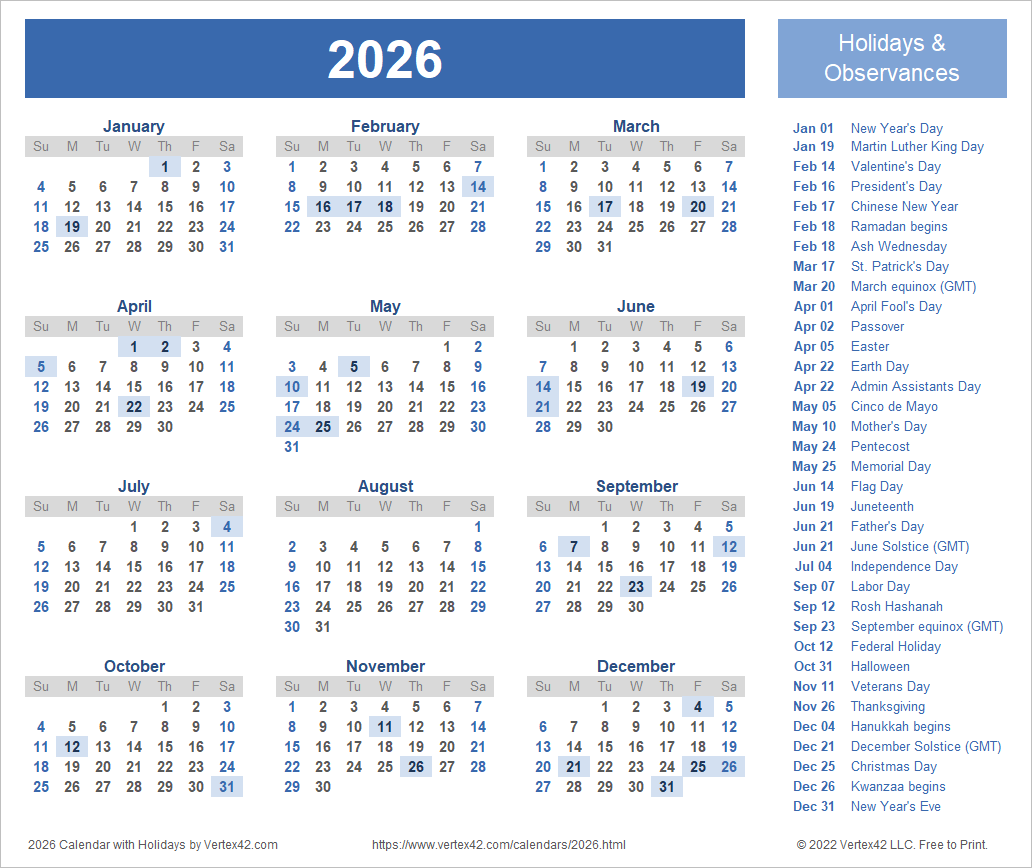
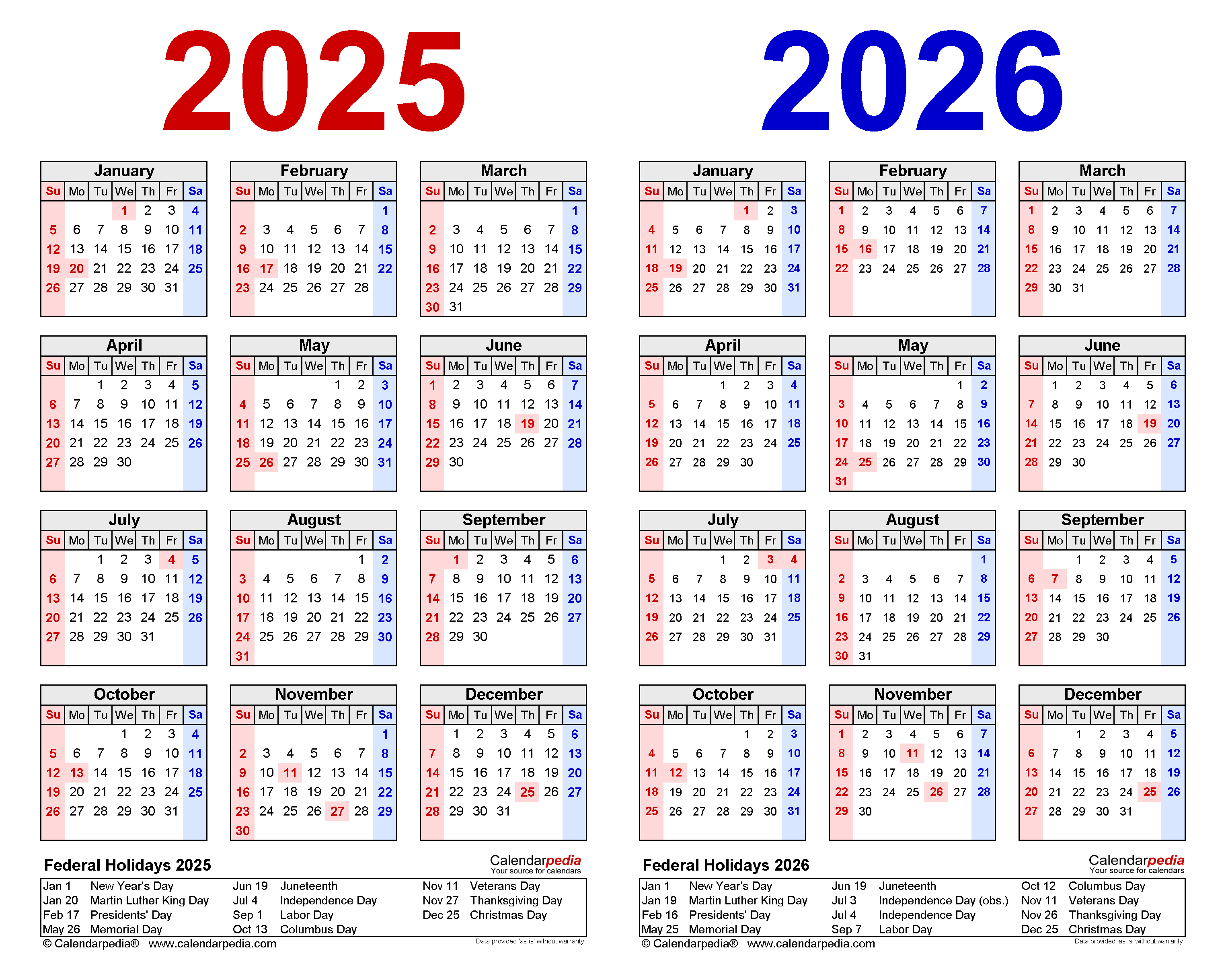
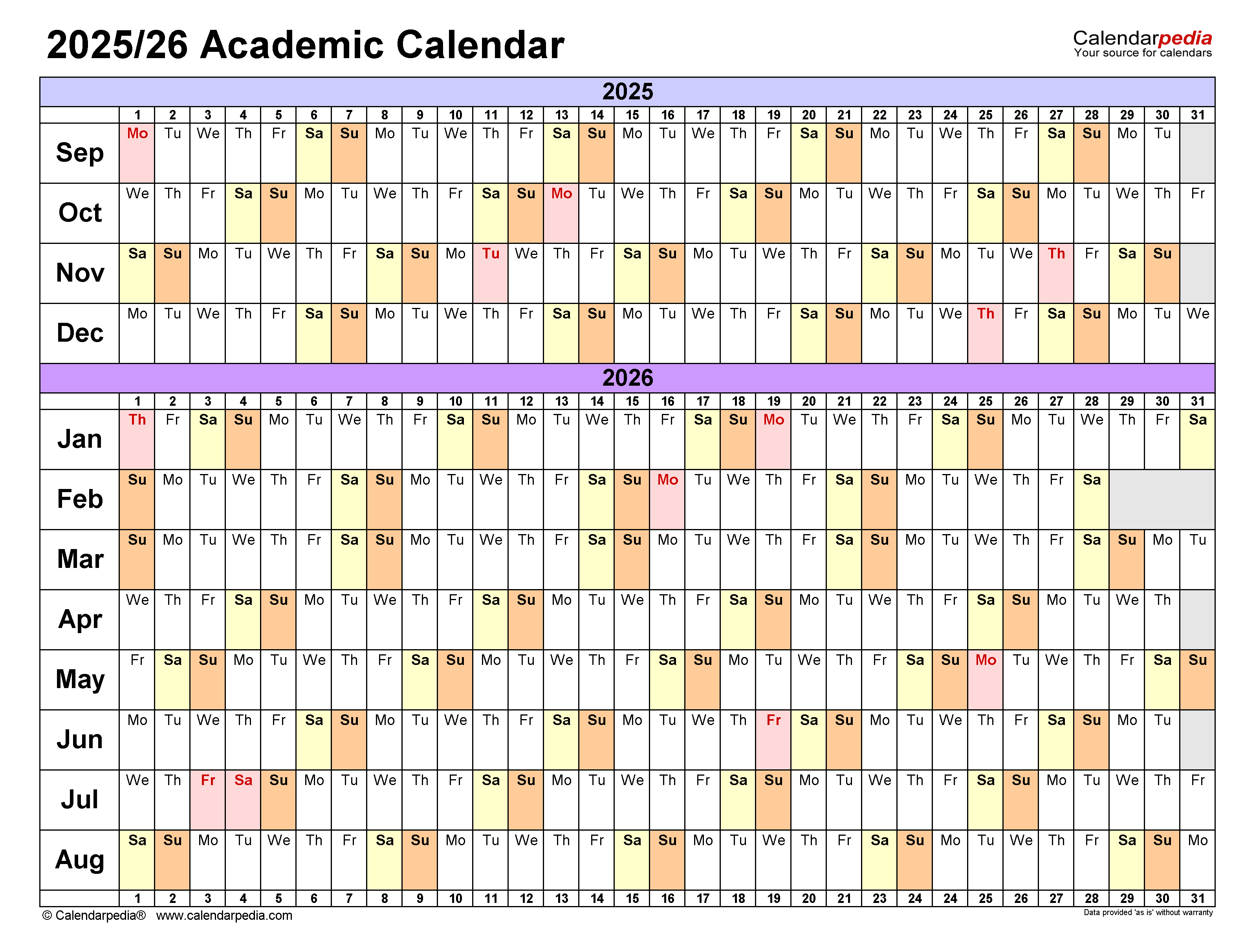
Closure
Thus, we hope this article has provided valuable insights into Navigating the Future: A Comprehensive Guide to Planning with a 2026 Monthly Calendar. We thank you for taking the time to read this article. See you in our next article!